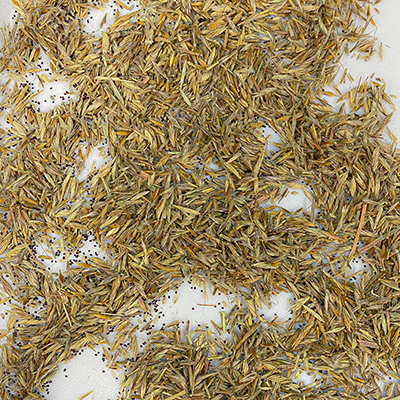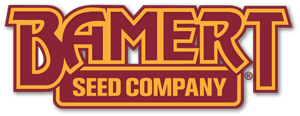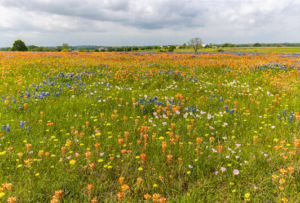When our customers are looking to grow specific native species that they request or our specialists recommend, many wonder what the seeds actually look like. Getting all the details, even knowing the appearance of the seed, is important before making these big decisions!
Blue Grama
- This is a low growing bunch grass.
- Seeds have an “eyelash” appearance.
- It provides good grazing for livestock.
- The grass cures well and holds quality through the dormant season.
- A great option to pair with buffalograss for a native lawn.

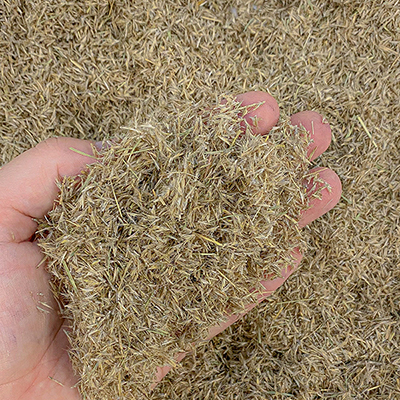
Buffalograss
- This is a shortgrass with both stolons and rhizomes.
- Both male and female plants grow separately, with the female plants bearing seed in a bur-like cluster, and the male plants having 2-3 flag-like seed heads.
- The grass is highly drought tolerant and is adapted to medium to fine textured soils.
- Some varieties are well adapted for use in lawns, as well.
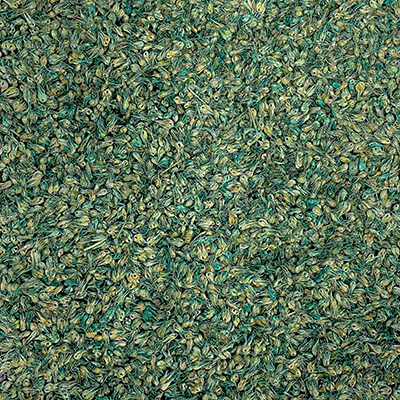
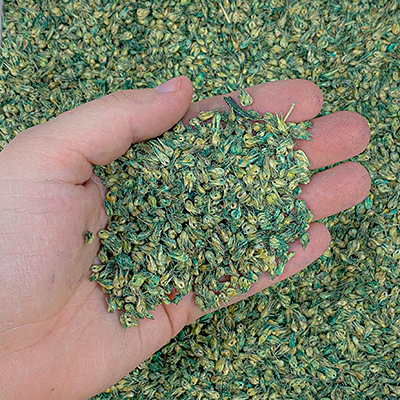
Sideoats
- This warm-season, perennial, short prairie grass can grow from 12-40 inches (30-100 cm) tall.
- It can usually be found on mountainous plateaus, rocky slopes, and sandy plains.
- It’s tolerant of drought and cold.
- Produces high-quality, nutritious forage that all types of livestock are fond of.
- Although it is usually at its best throughout summer and fall, it also stays palatable in the winter. This tri-seasonal longevity makes it one of the most important range grass species.
- Thanks to its blue-green foliage and purple flowers, it’s often used for ornamental planting.
- The grass is also used for soil conservation.
- Recommended for range and pasture seeding, earth fill, and bank stabilization.
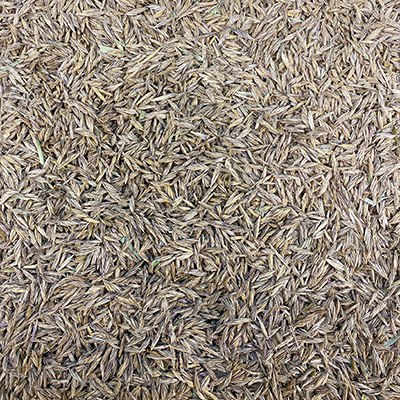
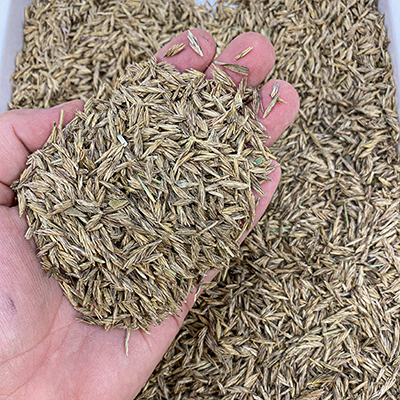
Little Bluestem
- This is one of the highly desired “big four” tall grasses.
- An important grass of the “True Prairie.”
- It has a unique blue-green color in the spring and summer, and then turns a reddish-brown during the dormant season.
- The seeds have a feathery appearance.
- It’s important to ground-nesting birds for nesting cover.
- It has adapted to a large variety of soils on prairies and savannas and is grazed by all kinds of livestock; it decreases with heavy grazing.

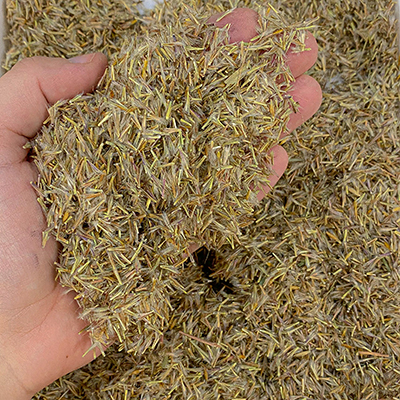
Big Bluestem
- Also one of the highly desired “big four” tall grasses.
- This is a robust grass, growing from 3-6.5 ft. tall.
- It’s a Rhizomatous plant that can grow in large colonies.
- Excellent forage producer and provides excellent grazing for livestock.
- A great provider of fawning cover and nesting cover for quail.
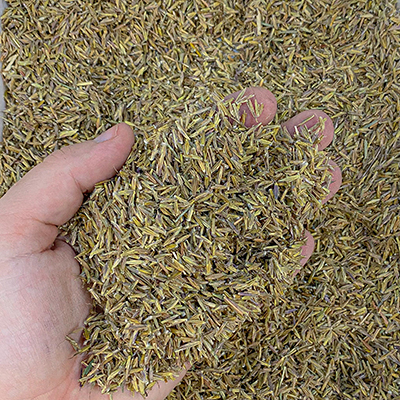

Yellow Indiangrass
- One of the highly desired “big four” tall grasses.
- Easily identified by the unique auricles at the base of the leaf; they look like rabbit ears.
- It’s readily grazed by all livestock.
- The grass is adapted to fertile, moist soils from heavy clays to sands on prairies, savannas, and meadows.
- A good nesting cover for quail and turkey and fawning cover for deer.
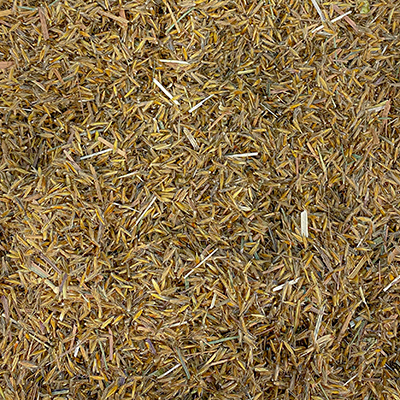
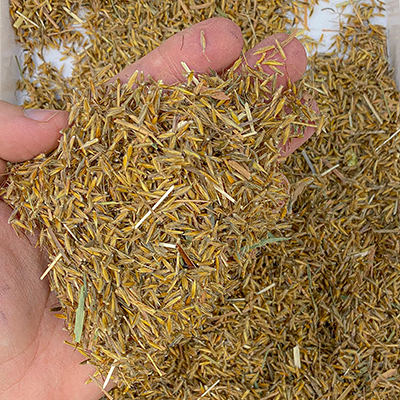
Purple Prairie Clover
- Grows from 1 to 3 feet tall and flowers from June to August.
- New growth of this native legume has high protein content, and it is nutritious for wildlife and livestock.
- It is readily consumed but will decrease with overgrazing.
- It has adapted to rocky prairies, hillsides, plains, and roadsides.
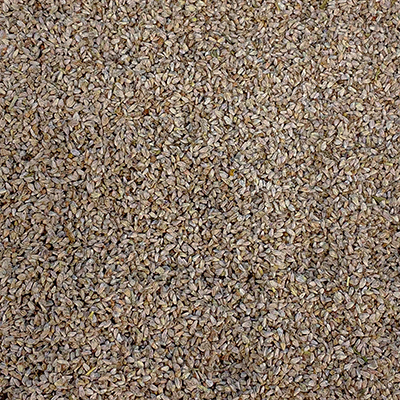
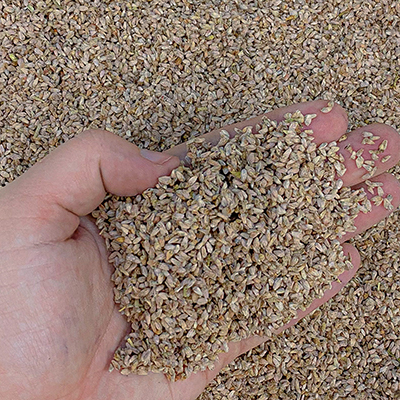
Illinois Bundleflower
- Grows upright reaching a height of 1 to 3 feet.
- The small white flowers form a ball-like cluster and bloom from May to June.
- The fruit is a dense cluster of curved pods that are green when young and turn brown or black at maturity.
- The leaves are touch-sensitive, folding together when handled.
- It is an indicator of good range condition and is winter hardy and drought resistant.
- It is a high protein plant that is readily eaten by livestock and wildlife.
- Adapted to clay and sandy soils on prairies, waste areas, open wooded slopes, stream banks, ditches, and roadsides.
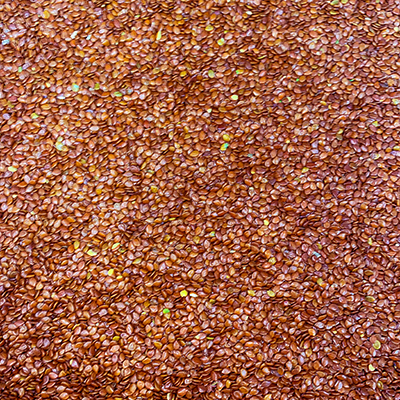
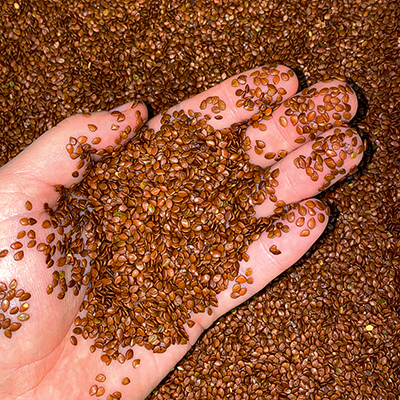
Engelmann Daisy
- Widely distributed throughout Texas and adapted to prairies, upland sites and open roadsides.
- Grows from 1-3 feet tall, and flowers from May to August.
- The ray flower tips will curl during hot weather.
- It has a woody tap root.
- It is preferred by livestock and will disappear from overgrazed areas.
- Deer relish this plant during early growth in the spring.
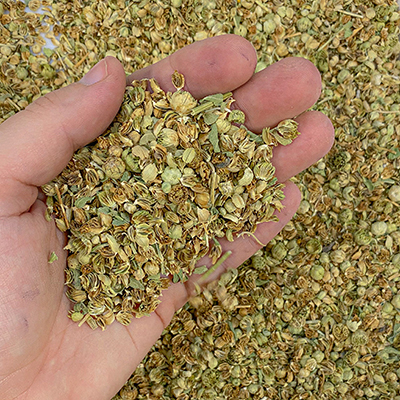
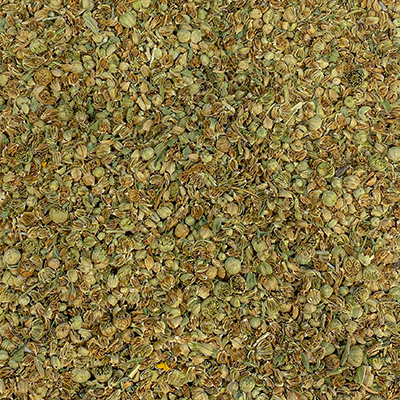
Maximilian Sunflower
- Flowers from August to September and grows from 2-8 feet tall.
- Sometimes they form in extensive colonies and produce a heavy crop of seed that is excellent wildlife food.
- The leaves often fold lengthwise to form a down-curving trough.
- A desirable range plant that is palatable and nutritious for livestock during the early stages of growth.
- Adapted to low, moist areas, waste areas, roadsides, and rocky prairies, often in sandy soils.
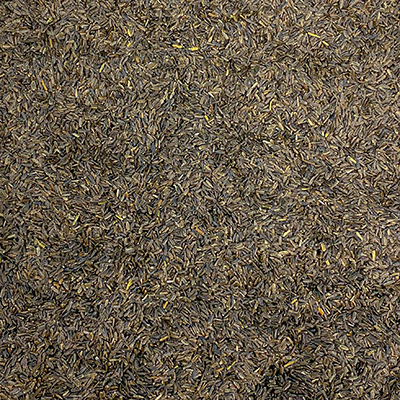

Whiplash Pappusgrass
- Includes four distinct populations of whiplash pappusgrass, each increased in isolation to maintain genetic diversity of the wild populations.
- Features green foliage with a white-colored spikelet.
- In West Texas, it will grow 3-5 feet tall and will produce seed continuously from May to the first frost.
- It is recommended for critical site revegetation, roadside plantings, erosion control, and for inclusion in range seeding mixes.
- Provides quick cover in loam and clay loam soils and no severe insect or disease problems have been observed once they are established.
- Areas planted to Permian Germplasm Whiplash Pappusgrass should be deferred from grazing until the plants are well established.

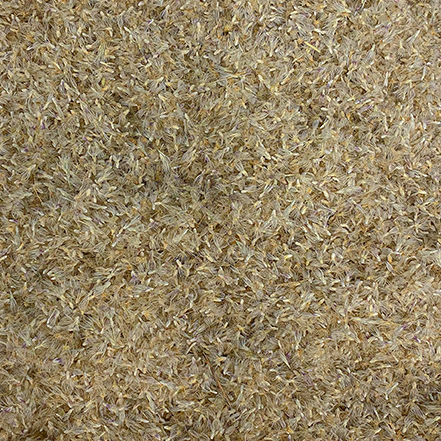
Deluxe Prairie Blend
- This blend of native warm-season grasses includes species commonly found in the tallgrass prairie.
- It gives cattlemen and land managers additional grazing flexibility by providing biodiversity and high forage production.
- While also providing great forage production, it produces the necessary biodiversity and species composition to provide wildlife habitat.
- These deep-rooted species help improve soil structure, infiltration rates, and water holding capacity in order to reduce the effects of the next drought.

